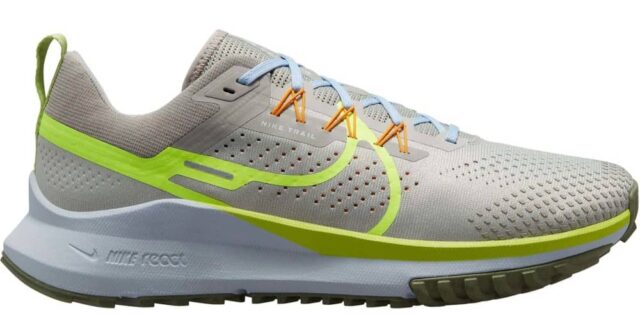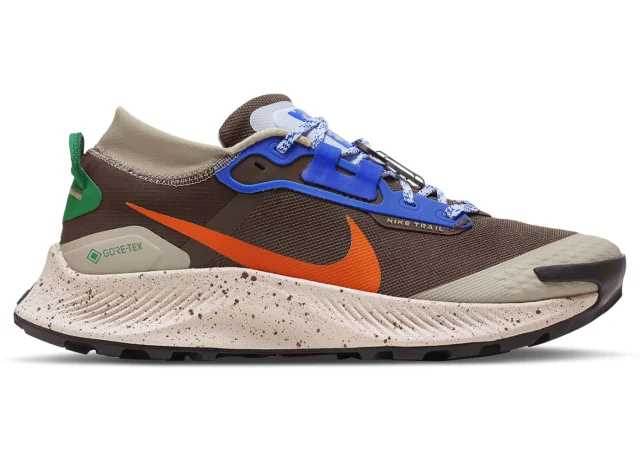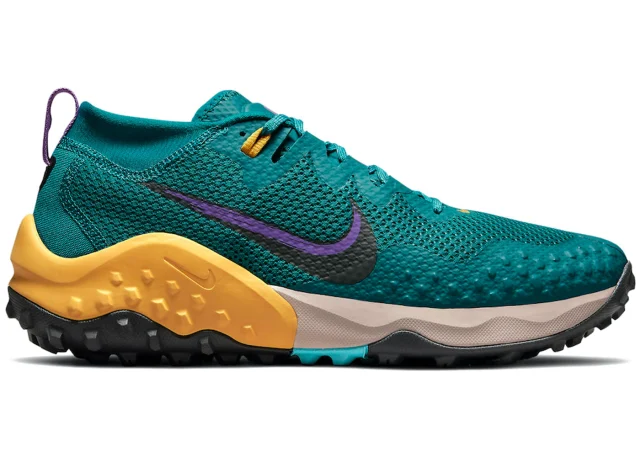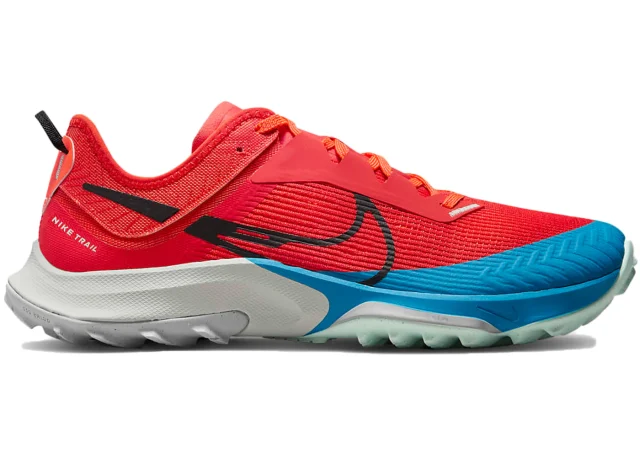
Intro
When considering a new running shoe, there are so many similar-looking shoes on the market being made by so many different companies, it is virtually impossible to (1) know where to begin; (2) quickly figure out which one or two products from a given brand might work well for you; and (3) determine what products from other brands might be the most similar and also worth considering.
So in our “Blister Brand Guide” series, we provide an overview of the entire product lineup of a brand; highlight how each product stands out from the rest of that brand’s lineup; and help you figure out quickly and easily which shoe might work best for you.
In our individual product reviews, we go very deep into the details of particular products. With these Brand Guides, the goal is not Depth, but Breadth. Our Brand Guides and full reviews are designed to complement each other — provide a broad overview of entire company lineups, and then also very detailed reviews of individual products.
Nike: Brand Background
NIKE TRAIL SHOES
(Most Cushioned to Least Cushioned)
Most Cushion

Stack Height
- Heel: 36 mm
- Toe: 26 mm
Drop: 10 mm
Stated Weight
- Men's: 295 g
- Women's: 244 g
MSRP: $140.00

Stack Height
- Heel: 36 mm
- Toe: 26 mm
Drop: 10 mm
Stated Weight
- Men's: 309 g
- Women's: 266 g
MSRP: $160.00

Stack Height
- Heel: 35 mm
- Toe: 27 mm
Drop: 8 mm
Stated Weight
- Men's: 312 g
- Women's: 265 g
MSRP: $130.00

Stack Height
- Heel: 30 mm
- Toe: 26 mm
Drop: 4 mm
Stated Weight
- Men's: 298 g
- Women's: 249 g
MSRP: $140
Least Cushion

Stack Height
- Heel: 29 mm
- Toe: 23 mm
Drop: 6 mm
Stated Weight
- Men's: 255 g
- Women's: 227 g

I’ve used the Wildhorse 7 for a full season, it is in fact my first “proper” trail running shoe. It ticks a lot of boxes for me, including, fit, comfort, cushion and durability, but fails miserably in wet traction. Nike’s outsole is vey grippy in the dry in both hardpack and loose terrain but is outright dangerous on hard, wet surfaces like rocks, boulders and even slippery city surfaces. I also suspect the advertised rock plate is simply not there, as you can really feel the smaller rocks through the sole. A pity really, as the uppers and the react foam are great.
100% agree with this. The Wildhose 7 is abysmal in wet conditions, and I’ve found that the lugs are fairly fast wearing and the shoe quickly looses its traction in dry loose conditions as well. Didnt like at all for more technical terrain
I haven’t used the wildhorse 7 but after looking at pictures I do need to say that the lugs on the bottom do not look like they would provide good traction on wet ground. I have a nike trail pegasus 2 and they are great on dirt roads and when I run really offroad I feel like they are unstable and might be not that grippy either.
The lug patter that I find very grippy in wet conditions is an upside down v shaped type lugs like on my saucony kinvara trail, and on the merell skyfire. Kinda also like those agressive speedboot soles of football/soccer boots. That’s what is grippy in the mud. I run in norway so mud is life and I know my stuff!